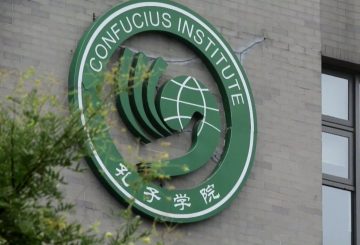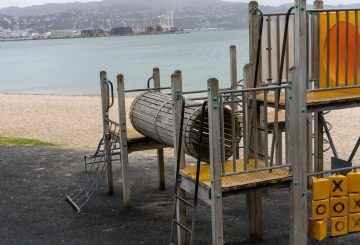在最近结束的亚太地区职业教育与培训论坛期间,新西兰和中国在为期两天的中新高等职业教育峰会上进行了思想和最佳实践交流,从而加强了在高等职业教育领域的伙伴关系。
中新峰会特别关注高等职业教育的双边伙伴关系。
新西兰教育部国际总经理 Lisa Futschek 强调说:“新西兰和中国在高等职业教育领域有着多年的合作。”
Futschek 指出,2 月,新西兰和中国在新西兰-中国第九届教育与培训联合工作组会议上谈到了双边模式职业教育计划。
“随着我们进入高等职业教育教育合作的第九个年头,新西兰很高兴能够让我们新建立的职业和应用教育公共网络 —— 新西兰技能与技术学院 Te Pūkenga 成为职业培训的主导角色。教育合作向前发展。
她说:“我们的合作伙伴关系的力量被认为是典范,促成了亚太地区技术与培训与培训论坛的成立,将更广泛地区的政府、机构和企业联系起来,并扩大了我们成功的合作伙伴关系。”
中国教育部国际合作与交流司副司长徐永吉以乐观的态度向与会代表致辞。
“职业教育的整体水平已进入世界的最前沿,也是基本建设熟练社会的主要目标。
他说:“新西兰在职业教育和培训方面拥有丰富的经验和先进的思想,培养了许多具有创新创造力并适应市场需求的人,是中国职业教育和培训改革的理想合作伙伴。”
“未来,中国和新西兰之间的职业教育交流与合作将更加密切。
“希望两国在加强职业教育特点、完善生产与教育一体化体系、创新学校办学合作机制、深化职业教育改革等方面开展更多的合作。职业教育教学,树立特殊职业教育的品牌;以便为中国和新西兰的社会经济发展培训更多高素质的职业和技术人员。”
Te Pūkenga 子公司 WINTEC 的中新计划主任托尼·奥布莱恩说:“世界上最重要的是人民、人民、人民。”
他说:“我们两个部门之间的合作可能涉及对系统、教学法和流程的讨论,但归根结底,这取决于人与人之间的关系。”
“在现代经济中,我们同时用思想和双手工作至关重要。明天的创新者将精通两者。鼓励边做边学的教育系统最能传授这种二元性,这种思维和行动能力,这种教育系统鼓励学生进行批判性和创造性的思考,并抓住机会挑战和探索。至关重要的是,我们的机构必须通过我们的领导者和老师精确地模拟这些行为。”
奥布莱恩指出:“这样做将有助于激发和培养新西兰和中国所需的技术和专业劳动力;正如中国制造 2025 计划、第 15 个五年计划以及新西兰自身的改革所明确表明的那样。”
特普肯加国际工作组主席莱昂·德·富里简要介绍了新西兰的《2023-2028 年国际教育战略》草案。
“Te Pūkenga 的成立为在整个行业制定统一的国际教育战略创造了机会。他强调说,Te Pūkenga 致力于利用其规模和规模为学习者创造高价值的未来,而新西兰则通过出色的国际教育和全球联系来创造高价值的未来。”
“Te Pūkenga 的建立创造了一个强大、统一、可持续、高等职业和应用的高等教育体系,该体系适合未来的工作,并提供学习者、雇主和社区蓬勃发展所需的技能。”
他指出,在具体谈到中新合作时,国际计划,例如作为新西兰与中国之间战略教育伙伴关系协议的一部分的中新模式计划,是当前网络在国际互动中的卓越和最佳实践的例子。
“我们计划通过特普肯加保留和扩大这些计划。
“到目前为止,我们制定国际教育战略的中心主题之一是增加我们的离岸交付足迹。我们打算维持我们目前的离岸校园,在适当的时候扩大它们的规模,并建立新的校园。”
Fourie 告诉与会者,Te Pūkenga “将在 2022 年中之前制定一到五年的过渡计划”。
他总结说:“虽然有些事情必须在 2023 年 1 月 1 日之前到位,但我们预计一些国际教育进程和活动将需要更多的时间来过渡。”
来源:PIE 新闻






























































